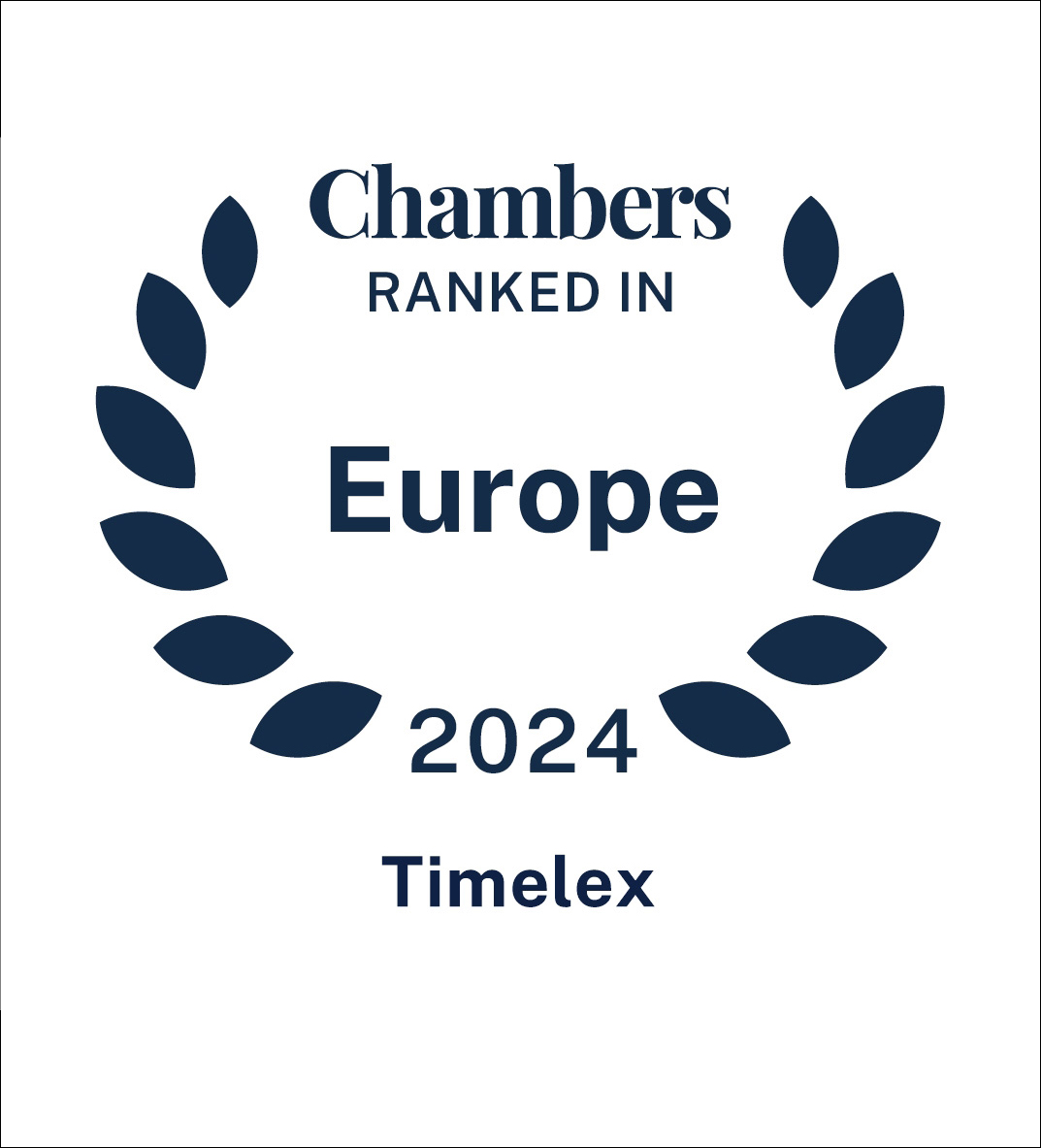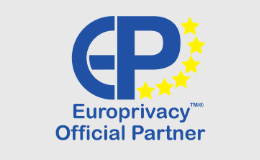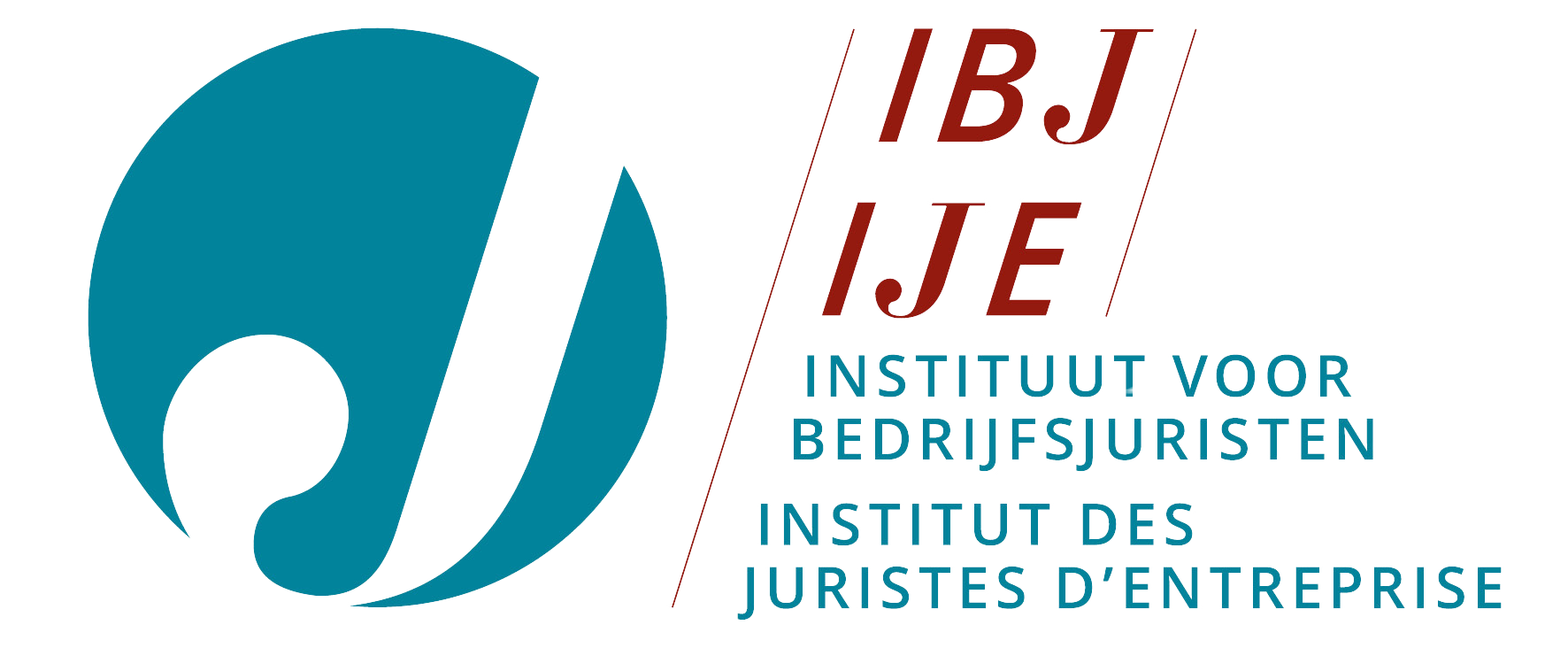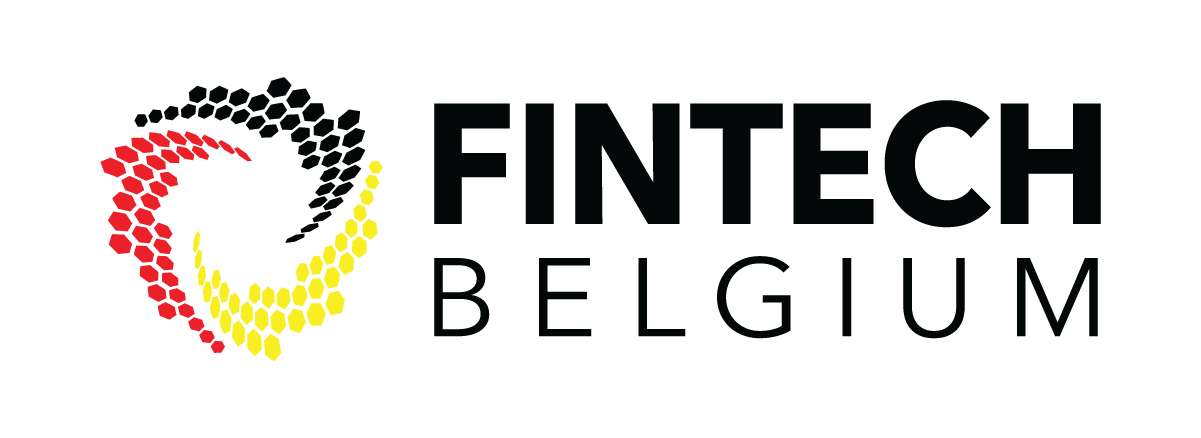Looking for?
The EU adopts a new European Electronic Communications Code (EECC)
On 17 December 2018, the new EU Directive 2018/1972 of 11 December 2018 establishing the European Electronic Communications Code (“EECC”) was published in the EU Official Journal. This Directive, which entered into force on 20 December 2018, repeals the existing 2002 Directives that constituted the regulatory framework for the electronic communications sector.
The consolidation updates existing provisions and merges them together into one comprehensive piece of legislation. The EU Member States have to transpose the Directive into national legislation by 21 December 2020.
Objectives
The EECC makes an effort to harmonize critical provisions of the regulatory framework, more specifically in the area of spectrum and consumer rights.
Moreover, it takes away the legal uncertainty over the application of the framework to “over-the-top” (OTT) services, such as Facebook messenger, WhatsApp and Skype.
Noteworthily, the EECC promotes the deployment and take-up of very high-capacity networks, such as fiber and 5G, thereby shifting the traditional focus from promoting competition towards development and innovation. In order to achieve this, it removes the barriers on the development of very high-capacity networks by providers with Significant Market Power (SMPs).
The main developments are the following:
First, the EECC provides rules on the coordination of radio spectrum between the Member States and harmonizes the rules on the management thereof. This includes more specifically provisions facilitating market entry for new players and shared use of radio spectrum.
Second, the EECC contains changes in the area of consumer rights, with provisions on transparency and contract duration and termination. It provides, amongst other things, that contracts with end-users cannot extend beyond 24 months and can be terminated at any time with a notice period of 1 month or less and without any costs unrelated to the provision of the service. Furthermore, the EECC adjusts the universal service obligations to the evolved technology and changed societal needs.
Third, the scope of the EECC is expanded, which might be the longest-awaited and the most-discussed change the EECC offers. Besides Internet Access Services and Signal Conveyance the EECC also applies to Interpersonal Communication Services (ICS). An ICS is defined as “a service normally provided for remuneration that enables direct interpersonal and interactive exchange of information via electronic communications networks between a finite number of persons, whereby the persons initiating or participating in the communication determine its recipient(s) and does not include services which enable interpersonal and interactive communication merely as a minor ancillary feature that is intrinsically linked to another service” (emphasis added).
ICS now include more traditional communication services, such as mobile calls and text messages, as well as number-independent ICS, also referred to as OTT services. These services work independently of telephone numbers and do not (usually) communicate to a telephone number. Including OTT services under the EECC takes away the legal uncertainty that existed over the application of the regulatory framework to such services. However, the importance of including OTT services in the EECC needs to be put into perspective as only a limited part of the EECC’s obligations will apply to them. This means, for instance, that the consumer protection rules on transparency and contract term and termination do not apply to OTT services.
Fourth, the EECC aims to encourage investments in very high-capacity networks by relieving the service providers with Significant Market Power (SMPs) of some of their regulatory burdens. When such SMPs engage to open up the deployment of very high-capacity networks to co-investment, the EECC provides for exceptions to some of the access and price obligations they are subject to as a consequence of their SMP status. These exemptions are conditional upon making voluntary, but binding, commitments to the National Regulatory Authorities (NRA). The NRAs will assess the commitments upon compliance with conditions set out in the EECC in accordance with a prescribed procedure, before accepting them and making them binding.
EU Regulation 2018/1971
The same edition of the EU Official Journal also published the new EU Regulation 2018/1971 of 11 December 2018 establishing the Body of European Regulators for Electronic Communications (BEREC) and the Agency for support for BEREC (BEREC Office).
This Regulation establishes the BEREC and the BEREC Office, which are entities that replace the old entities established under Regulation 1211/2009. One of the main objectives of BEREC is ensuring the consistent implementation of the regulatory framework for electronic communications.
In order to achieve this goal and avoid fragmented implementation, BEREC will issue advices to the NRAs and the European entities as well as draft opinions and guidelines. Like the EECC, the new Regulation also entered into force on 20 December 2018.
For more information, including on the applicability of the EECC to your organization and the implications thereof, please feel free to contact us.








